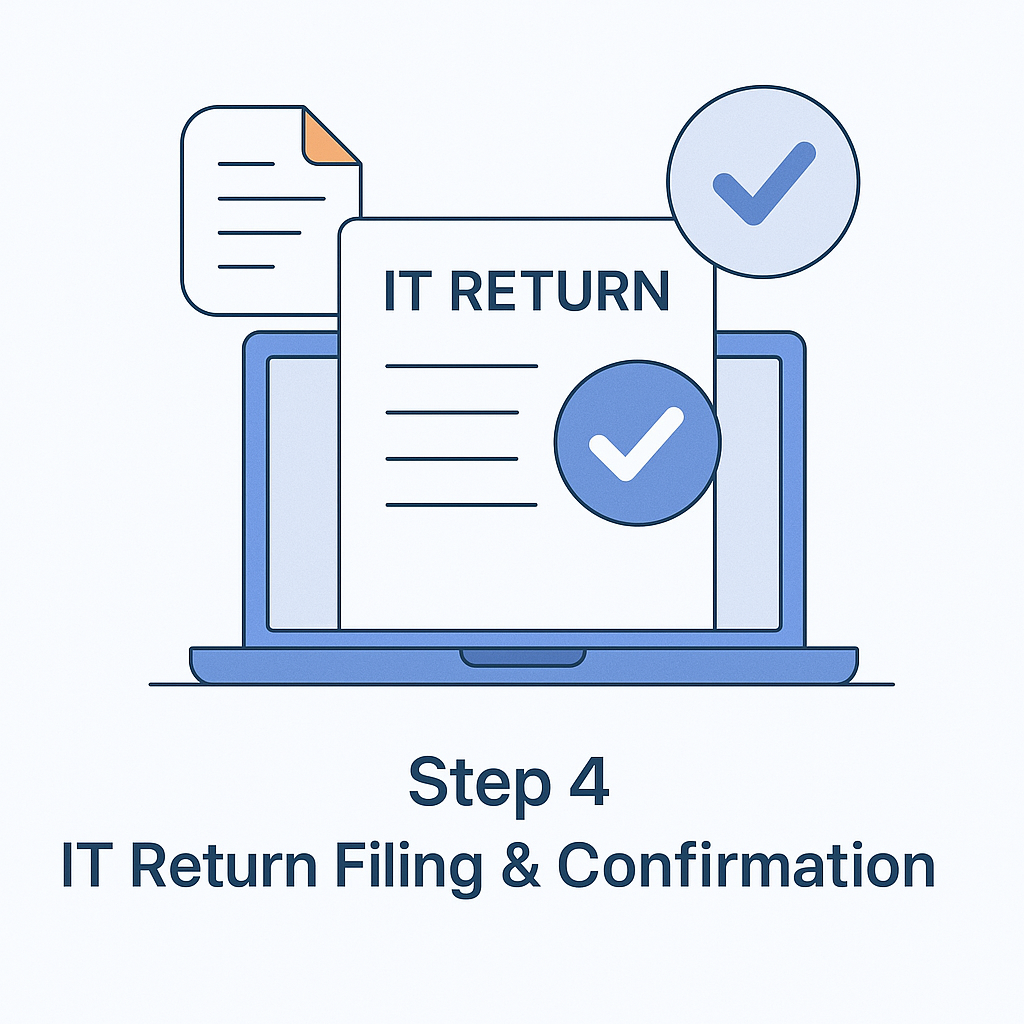What is ITR form name for individual?
The Income Tax Department has categorized the taxpayers into different categories on the basis of their income, assets and some other factors relevant to an individual and/or entity. If you are a taxpayer filing your Income Tax Return, it is extremely important to determine which ITR is appropriate for you, in order to avoid filing the wrong form. Each category of taxpayers has been allotted a different form to file when they file their tax return.
Even though there are 7 different forms that can be filed while e-filing your IT Return, only the following forms are taken into consideration by individuals while e-filing their Income Tax Return, as per the Central Board of Direct Taxes.
Who should File ITR 1?
ITR-1 is commonly known as Sahaj form which is filed solely by an individual. Any other assessee will not be able to avail ITR-1 to file their IT Return. ITR-1 is applicable to the following taxpayers –
- Derive income from salary or pension.
- Earn income from a single house property.
- Have no income from any other businesses or sale of any assets (capital gains).
- Do not own any property or assets in any other country besides India.
- Do not derive income from any other country besides India.
- Earns an agricultural income below Rs.5,000.
- Derive income from different investments or sources such as Fixed Deposits, Investments, Shares, etc.
- Do not have any income from winnings on lotteries or race horses.
- Wish to club their income with a spouse or minor child as long as the income to be clubbed meets the criteria mentioned above.
Who is supposed to file ITR-2?
ITR – 2 is used by those individuals and/or HUFs who have accrued income from sale of assets or property or those who earn their income from countries outside of India. ITR-2 can be filed by the following taxpayers: -
- Earn income from salary and/or pension.
- Derive income from sale of assets or property in India (capital gains).
- Earn an income from multiple house properties.
- Do not earn any income from business ventures.
- Own any assets in countries outside India.
- Income from agriculture is more than Rs.5,000.
- Derived income from lottery winnings and/or horse racing.

Who is supposed to file ITR-3?
ITR -3 can be filed by any individual or HUF acting as a partner in a firm but does not derive any income from the business conducted by the firm can file ITR-3. This form can only be filed by those whose taxable income earned from the business, as a partner, is in the form of the following –
- Salary
- Commission
- Bonus
- Interest
- Remuneration
Who is required to file ITR-4?
ITR -4 is filed by those individuals who conduct a business or earn an income through a profession. Any type of business, undertaking and/or profession, with no limit on the income, can use ITR-4 to file their Income Tax Return. If you use this form, you also have the option to club your income from windfalls, speculation, salaries, lotteries, housing properties, etc. with the income derived from your business. All individuals ranging from shopkeepers, doctors, designers, agents, retailers, contractors, etc. can use ITR-4 to file their IT Return.
Who is supposed to file ITR-5?
ITR -5 is filed by the following entities –
- Firms
- Limited Liability Partnerships (LLPs)
- Body of Individuals (BOI)
- Association of Persons (AOP)
- Co-operative Societies
- Artificial Judicial Persons
- Local Authorities
Who is required to file ITR-6?
ITR -6 is filed only by companies except those organizations that claim tax exemptions, as per Section 11 of the Income Tax Act, 1961, such as income derived from property used for the purpose of charity or religion. ITR-6 can only be filed online.
Who is required to file ITR-7?
ITR – 7 is filed by those individuals and/or companies that are required to file their Income Tax Return under the following Sections of the Income Tax Act, 1961: –
- Section 139(4A) – tax returns can be filed, under this section, by those individuals who derive income from any property held for the purpose of charity or religion in the form of a trust or legal obligation.
- Section 139(4B) – political parties are required to file their IT Return under this section provided their total income is more than the non-taxable limit.
- Section 139(4C) – the following entities can file their tax returns under this section –
- Any institution or association mentioned under Section 10(23A).
- Any institution involved with scientific research.
- Any news agency.
- Any institution stated in Section 10(23B).
- Any medical, educational or fund institution.
- Section 139(4D) – entities such as colleges, universities or any other such institutions can file their Income Tax Returns under this section, wherein their income returns or loss are not required in accordance with other provisions stated in this section of the Act.







